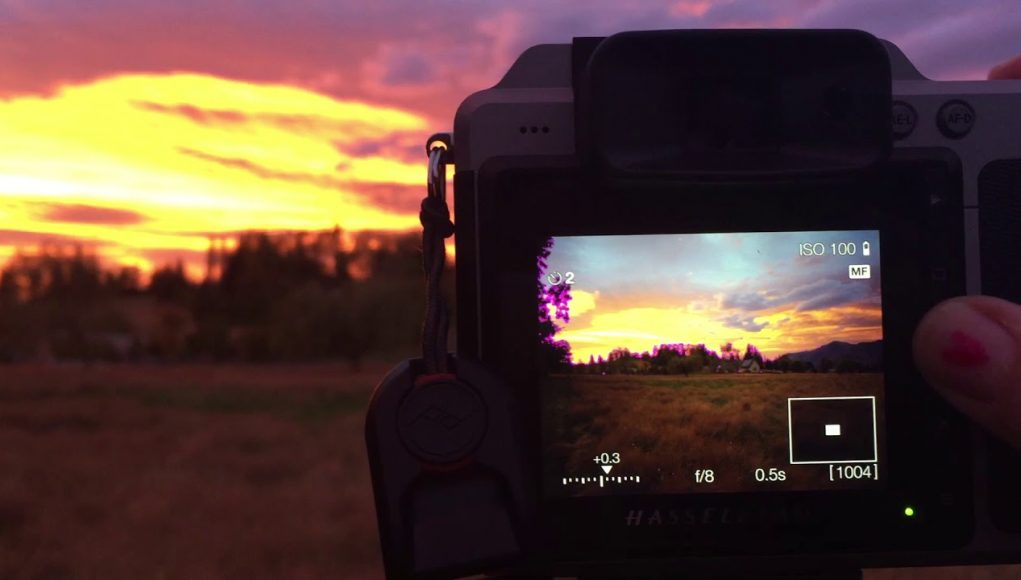Nature can be unapologetically glorious. The magical colours that appear during a spectacular sunset or sunrise are something that makes many of us grab our cameras and start taking photos. Of course, all too often what you end up with doesn’t capture the depth of the colours that were actually there, and it can be more than a little disappointing.
But don’t despair, a quick glance at a photo sharing platform like ClickASnap will show you that it is possible to capture the perfect sunset or sunrise. Here are our tips to help you capture an image that truly reflects those glorious colors that seem altogether magical.
Find the Right Location
A little research can pay real dividends when it comes to the perfect photo so do a little research before you head out. A good location is one where you will not be disturbed by traffic or other people so somewhere that is out of the way. Take a look at the area during the daytime and make sure that there is nothing that will get in the way of your photo and see if you can find just the right spot to set up in.
Time of day also plays a vital role in getting the right shot. Consider whether you are hoping to capture a sunset or a sunrise and check when this will be. There are plenty of sites on the internet that will help you determine the optimum time, and don’t forget that it changes from one day to the next.
It is also a good idea to check the weather when you are planning. Don’t let bad weather put you off shooting, however. An approaching storm or rain clouds can add a rather dramatic extra layer to your photo and could be well worth the effort of sitting out in inclement weather.
Sunrise or Sunset?
There is a difference in how the light appears between the two times; sunrise (morning) tends to be cooler than sunset (evening) when the sky will offer you warmer colours. This may mean that you will need to adjust your photos, depending on the look that you are going for. This can be done using the white balance settings on your camera or through filters – both warming and cooling ones. You can also adjust your photo by using photo editing software to help you achieve the perfect image.
Any physical filters that you place on your lens have the ability to degrade the quality of your image however, so keep this in mind and make a few minor adjustments to the colour temperature in your camera settings.
The Right Equipment
As with any type of photography the best chance you have of capturing great photos is to use the right equipment. This doesn’t mean buying the most expensive camera, unless you want to, but it does mean ensuring that what you do have is up to the job at hand. In addition to the right camera a tripod is a must for shooting sunsets and sunrises. This will help you to frame your shot properly and ensures that you keep camera shake to a minimum.
Final Words
The right lens is also really important and whilst a standard 50mm to 85mm lens will capture good landscapes it is better to use a wide angle or zoom lens. A prime lens of between 12mm to 40mm will be even better at ensuring the image you capture is as crisp as possible.
Take some time to practise with a range of lenses to see what works best for you and you’re sure to be able to capture sunsets and sunrises that could really have an impact on the popularity of your photos.
Follow Technoroll for more!




